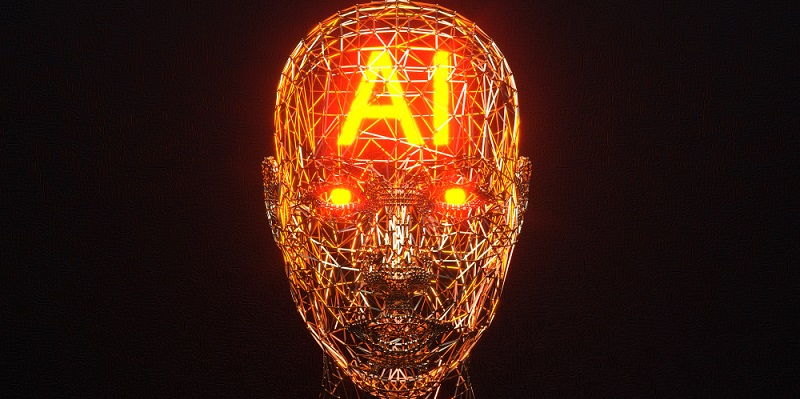In today’s rapidly evolving technological landscape, the integration of AI into various domains has revolutionized the way businesses operate. One such technology, embedded generative AI, has emerged as a powerful tool to enhance employee workflows. By seamlessly integrating AI functionality into the heart of daily operations, organizations can optimize their processes, improve communication support, and drive significant advancements across multiple sectors.
The growing adoption of generative AI
According to the leading market research firm Forrester, the adoption of generative AI is set to skyrocket in the coming years. By 2025, it is predicted that almost all enterprises will embrace generative AI for communication support, recognizing its immense potential in empowering their workforce. This forecast underlines the critical need for businesses to recognize and leverage the transformative benefits of embedded generative AI.
The need for AI in workflows
Manish Goyal, the global AI and analytics leader for IBM Consulting, aptly emphasizes that simply possessing the best AI technologies is insufficient without integrating them directly into the workflow. Without this integration, AI adoption faces obstacles in achieving widespread acceptance and utilization. To maximize efficiency, organizations must seamlessly incorporate generative AI within the fabric of their employees’ daily tasks.
Microsoft 365 Copilot: A Prime Example
One of the most highly discussed advancements in embedded generative AI is Microsoft 365 Copilot. This cutting-edge technology is designed to revolutionize the way users interact with Microsoft 365 products. By integrating generative AI into the platform, Microsoft aims to enhance productivity, streamline communication, and provide personalized assistance to users, ultimately transforming the way individuals work and collaborate within the digital landscape.
Examples of embedded generative AI include deep learning models such as GPT-3 (Generative Pre-trained Transformer 3), OpenAI’s DALL-E, and Google’s DeepDream
Several companies have already harnessed the power of embedded generative AI to drive tangible benefits within their organizations. Insight, a leading technology solutions provider, has successfully integrated generative AI into Microsoft Excel using APIs, enabling users to leverage AI-generated insights for data analysis and decision-making. Furthermore, Stream Financial utilizes generative AI within their email client, Spark, effectively summarizing and composing emails, saving time and effort for users.
NFP, a global insurance brokerage and consulting firm, has successfully been utilizing AI to generate text, including marketing copy, for over two years. By integrating generative AI into their workflow, NFP has enhanced efficiency and precision while freeing up human resources for more strategic tasks. These examples highlight the wide range of applicability and benefits that embedded generative AI can bring to diverse industries.
The Longevity of AI Integration
While embedded generative AI represents the cutting edge of technological innovation, some organizations have long recognized the possibilities that AI presents. Thomson Reuters, a renowned provider of business information services, has been incorporating AI into its products and workplace for decades. This forward-thinking approach has allowed Thomson Reuters to maintain a competitive edge and deliver enhanced value to its customers.
In line with their commitment to innovation, Thomson Reuters collaborates with various large language models, including partnerships with OpenAI, Anthropic, Google, and open-source models like Llama 2. By leveraging these diverse resources, Thomson Reuters ensures that it stays at the forefront of AI integration, continually expanding the capabilities and potential of embedded generative AI.
Balancing Generative AI and Human Expertise
Embedded generative AI provides organizations with a unique opportunity to leverage AI-generated initial drafts of work products, significantly speeding up conventional processes. However, human expertise remains essential in refining and adding the finishing touches to ensure the highest quality output. By striking a balance between generative AI and human skill sets, businesses can achieve optimal results, combining speed, efficiency, and the invaluable touch of human creativity.
The rapid development and integration of embedded generative AI offer businesses immense opportunities to enhance their workflows, boost productivity, and unlock new possibilities. As highlighted by industry predictions and real-world examples, organizations that successfully integrate generative AI into their workflows will gain a competitive edge and propel themselves towards a prosperous future. By recognizing the significance of embedding AI functionalities where employees need them the most, businesses can confidently march into the digital era, empowered by the transformative capabilities of embedded generative AI.

